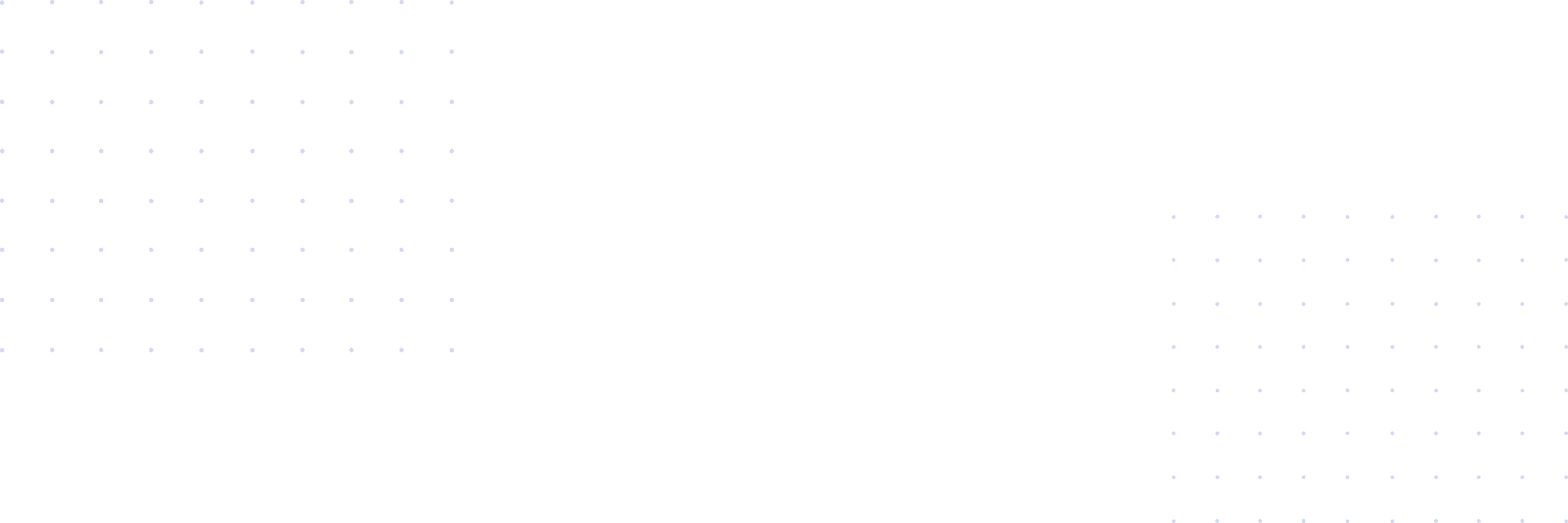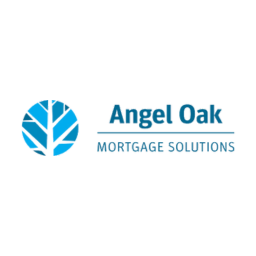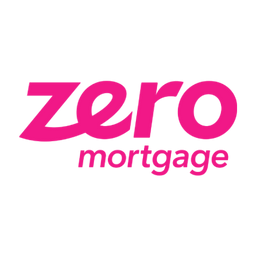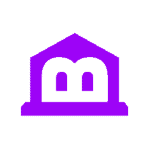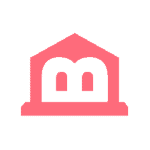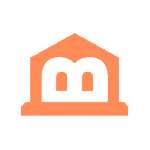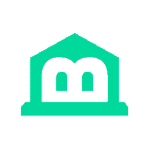Whether you’re shopping for your first home loan or are looking to upgrade, one of the biggest obstacles any buyer faces is coming up with enough money for a down payment.
Just as no two borrowers are alike, the same can be said for lenders and home loan programs. Loan terms – including your down payment – will vary depending on your financial situation, credit score, and other application requirements.
Certain loan programs, like federally-insured FHA loans, come with far lower down payment requirements than other options, which is why they are great for first-time buyers. If you qualify, your FHA down payment could be as low as 3.5%. However, for a conventional mortgage, you can expect to be on the hook for a down payment of 15 to 20%. If you’re looking at a $200,000 mortgage, that means you need to be able to produce $40,000 just to secure your financing – and that’s not inclusive of closing costs and other fees you may be responsible for.
If you are looking into purchasing a second home, refinancing your current loan may mean you can come up with the down payment for your second house with the savings from refinancing your current loan.
Intimidating? Yes. Impossible? No. Regardless of how much you want to save and how much you already have saved, with some easy adjustments to your lifestyle and some personal finance hacks you’ll be able to put money towards your down payment goal – without uprooting your life.
Take a deep breath, make some notes, and start saving for your home loan down payment.
How Much Can You Afford?
Easy answer:
- Get your credit score
- Shop for the best mortgage rate on your home loan
Understand Where Your Money Goes
You can’t adjust your spending or saving habits if you don’t know where your money is currently going. Log into your SmartCredit (or if you want to do it the old school way, gather together bank statements and account documents for the last year, and start pulling them apart) to see where and how you are spending.
Organize your information by categories, as some things – like groceries and gas – will be harder to tackle than superfluous entertainment costs. Start by breaking your expenses into essential and non-essential categories. Essential costs are things like:
- Food (daily meals)
- Food (groceries)
- Transportation
- Healthcare
- Housing (including utilities)
- Insurance
- Existing debts
Non-essential costs are those that you could live without, such as:
- Food (dining out)
- Shopping
- Entertainment
- Travel
Once your information is broken down, you can see where you are spending the most and start coming up with solutions. If you spend a high amount eating lunch out every day, start brown-bagging it and you’ll see serious savings that will allow you to afford a home loan.
Build a Budget
Now that you know where your money goes, it’s time to come up with a budget. Making – and sticking with – a budget will keep your spending on track even when you feel like splurging.
Sound difficult? It’s not – you can get your budget started with just a few easy steps:
Step One: Figure out how much you earn
What do you bring in after-tax each month? Include any automatic deductions to retirement accounts and insurance so you can see the total amount you make.
Step Two: Come up with a plan
Give yourself an easy way to think about budgeting by factoring percentages of your earnings towards your savings. For example, you may decide to set aside 40% of each paycheck towards your down payment, giving you 60% of your income for your essential needs and unessential wants. Calculate that number and see how long you’ll need to save until you hit your goal.
Step Three: Always be revisiting
Your budget doesn’t need to be set in stone, so feel free to play with your numbers until they make sense for your life and your savings. If you add a part-time job, will that income all go to savings or will you set aside more for entertainment? Circumstances change and so should your budget.
Set Your Goals
Saving for a down payment is a goal in and of itself, but you’ll want to clarify your goals to adjust your saving patterns. If you want to have a down payment of $20,000 saved within a year and you’re starting from scratch, you’ll need to be very aggressive. Consider the following factors when thinking about your savings goals:
- When do you want to buy it?
- How much do you have saved?
- How much will you need to save?
- How much are you currently saving each month?
- Have you saved for additional purchase costs?
Remember that the down payment is not the only cost you’ll be responsible for when buying your home. Factor in closing costs, moving costs, renovation costs, and any other foreseeable amounts that will increase the total you need to pay on closing day when setting your savings goals.
It’s also important to watch your progress towards your goals. Give yourself a tangible, physical way of seeing the progress being made to help keep you motivated.
Below are several strategies you can implement to achieve your savings goals:
Cut Down On Unnecessary Spending
While your budget will help you stay on track on a daily basis, it’s also important that you exert some willpower when it comes to unnecessary spending. Do you really need to upgrade your iPhone every time a new version is released?
Start training yourself to think through each purchase with a waiting period. Craving a coffee from the shop down the street? Wait 30 minutes and see if the craving has subsided – or at least until you’ve convinced yourself that the free coffee in the break room is just as good. Give yourself 24 hours to think about more significant purchases, from a new sweatshirt to a new car. What you want to avoid is the immediate desire to spend – that’s where costs can start quickly adding up.
Automate Your Savings
What is your current process for adding money to your savings account? If it is anything other than automatic transfers, it’s time to go digital. If you have a linked checking and savings account, set up an automatic transfer with your bank so that you are building your funds without thinking about it.
Take it a step further and consider an app like Digit, which automatically moves small amounts from your checking account into a separate Digit account. Digit analyzes your income and spending so that the amounts taken are always small enough that you won’t even notice. Transfer money back to your bank accounts whenever you want.
Download An App To Track Your Spending (And Use It!)
How often do you think about every single item you spend money on each day? Chances are, not too often. Using a money management app to track your spending can help you see where each of your dollars goes – and where you can start to get them back.
If you only use a primary checking account and debit card to spend, you should be looking at your balance and statements regularly, so you avoid overspending. If you’ve already tried Smart Credit’s Money Manager and you’re looking for something else, you might consider alternative apps like Mint, which also allow you to monitor your spending across all of your accounts. If you’re not one to remember to check your spending regularly, SmartCredit (and other apps) can give you budgeting and spending notifications, so you’re vigilant even when you forget to be.
Cash Out A Portion Of Your IRA
If you are buying your first home, you are eligible to cash out a portion of your IRA, and you won’t be responsible for an early withdrawal fee – which is typically around 10%. This benefit allows you to take out up to $10,000 without a penalty. If you’re married, you can each take out $10,000 from your accounts, immediately giving you a substantial sum to put towards a house.
Have A Yard Sale
It sounds almost too simple, but a yard sale can be a great way to bring in some extra bucks while getting rid of things that you don’t use, and don’t want to carry to a new place!
Start by cleaning out closets, attic or garage space, and any cabinets that you’re scared to open at this point. Small objects can be set up for sale outside your home or even at a local flea market if that’s an option.
However, you can also get digital help liquidating your unwanted items. Try Craigslist for larger things like furniture, or eBay for anything that may command a bit more money. Apps like Poshmark make selling clothing as easy as taking a picture and uploading it. If you do decide to sell items outside of your local area, keep shipping and packaging costs in mind, so you don’t lose any profit.
Put Money In A CD
A certificate of deposit (CD) allows you to leverage extra money into low-risk investment vehicles. When you buy a CD, you are essentially putting money aside into an interest-bearing account that you agree not to touch until a specific maturation date. If you buy a 5-year CD with $1,000, you will get that money back and then some in five years; but if you want to remove funds early, you might have to pay a fee depending on the bank and the account itself. It’s good to note that a “no penalty” CD allows you to take your funds early without any fees. These “no penalty” accounts tend to have a slightly lower APY. But, if flexibility and liquidity are your top priority, then it’s a great alternative to the standard term CDs.
If you get strategic with your CDs, you can maximize the amount of return. Because there are maturation dates from days to years with CDs, you’re locked into a given interest rate for that entire period. If that 5-year CD was bought when rates were low, and three years in rates rose favorably, you’re not able to take advantage of the better return. Instead, by buying multiple CDs with shorter maturation periods, you can “ladder” them, meaning that you’re never locked into a rate for too long.
Pick Up A Second Job
If you have the available time, picking up a side hustle will help you boost your down payment savings even faster. Have a marketable skill? Start freelancing in your downtime. Not sure where to start? Try driving for Uber or Lyft – you may even make some new friends along the way.
Negotiate Your Current Bills
When you pay your bills, do you just write a check or do you stop to think about what each cost represents? For example, do you have a gym membership, but you only make it there once a month for an hour at a time? That one hour is costing you significantly more than it should – and you can find a cheaper replacement.
Make a list of your regular bills and then start comparison shopping for more affordable options. Every penny you save on your bills is now a penny in your down payment fund. Start by looking at bills such as:
- Insurance: If you own a car, compare what you are currently paying to rates with other insurers. The same goes for home/renter’s insurance and even health insurance if you don’t have an employer-sponsored plan.
- Rent: Are you still renting as you prepare to buy your first home? See if you can help out with the building for a rent reduction, or consider downsizing to a cheaper place for the short term.
- Subscription Services: Seriously, how many streaming systems do you need? And do you really need to pay for cable on top of that? Even if you can cut $10 a month out of these costs, you’ll be actively saving towards your new home.
If you’re ready to take the first step towards buying a new home, start by researching home loan interest rates and terms to find the one that best fits your situation.
